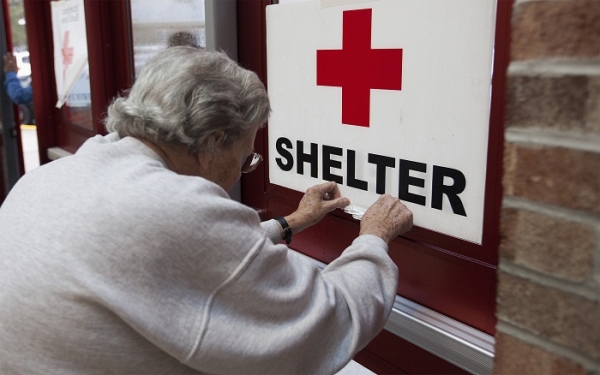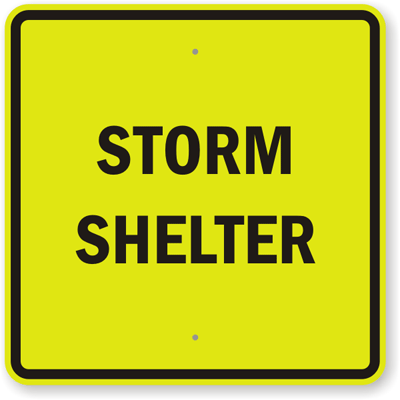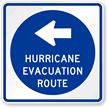Emergency shelters: relief and refuge for New Yorkers after Hurricane Sandy

In the wake of Hurricane Sandy and this week’s Nor’easter, evacuees have been forced to seek refuge as far away as Albany (via Travelers Today).
Having a roof overhead, once an everyday given for people in New York and New Jersey, has become a luxury in the wake of superstorm Sandy. Mayor Michael Bloomberg stated that as many as 40,000 would need shelter in the New York City area alone. Emergency shelters and government-delegated buildings are safe havens in the meantime.
Help is on the way for displaced residents. As Mayor Bloomberg declared, “We’re not going to let anybody go sleeping in the street.” Alongside local efforts, the U.S. federal agencies are looking for apartments and hotels for the displaced. Prior to the storm, New York officials ordered the evacuation of more than 370,000 people in lower Manhattan and Brooklyn. In New York, there were approximately 4,880 evacuees for only 14 shelters. As of November 5th, emergency shelters in New Jersey housed 5,048 people.
Civilians bonded at a Red Cross shelter in New Jersey. The organization offered comfort kits, blankets, and cots to the visiting clients of the shelter. “‘I’m glad I’m here,’” Terry said as he sat on his wife’s green cot. “I’m glad I’m in a safe environment…I think they accommodated us very well.” Children were occupied with board games and videos, and mental health workers were available for people who were overly stressed.
What happened if people refused to evacuate? Red Hook, the largest public housing development in Brooklyn, was one of the hardest-hit areas and suffered profound losses of electricity, heat, and water. Some residents are still forced to hike twelve flights of stairs to get in and out of their homes. At least shelters provide basic essentials in relatively comfortable surroundings, and pet-friendly shelters accommodate displaced domestic animals.

Storm shelter signs help officiate relief efforts, directing storm-battered evacuees to refuges designed to accommodate them with running water, electricity, and needed supplies (via SmartSign).
In a crisis, people must be able to spot evacuations and storms shelters as quickly as possible. Civilians, rescue workers, and federal officials can turn to emergency shelter signs as guidance. These signs show displaced residents where help can be found, transforming a school gymnasium or community center into a respite for the weary evacuees.
Many saw their possessions, valuables, and even homes lost to Sandy’s floodwaters, compounded by this week’s fierce Nor’easter. However, people like Red Hook resident Sebrina Singley have learned to appreciate things they may have taken for granted before: “You appreciate the little things more, like water. Hot water.”
-S. Sridhar














